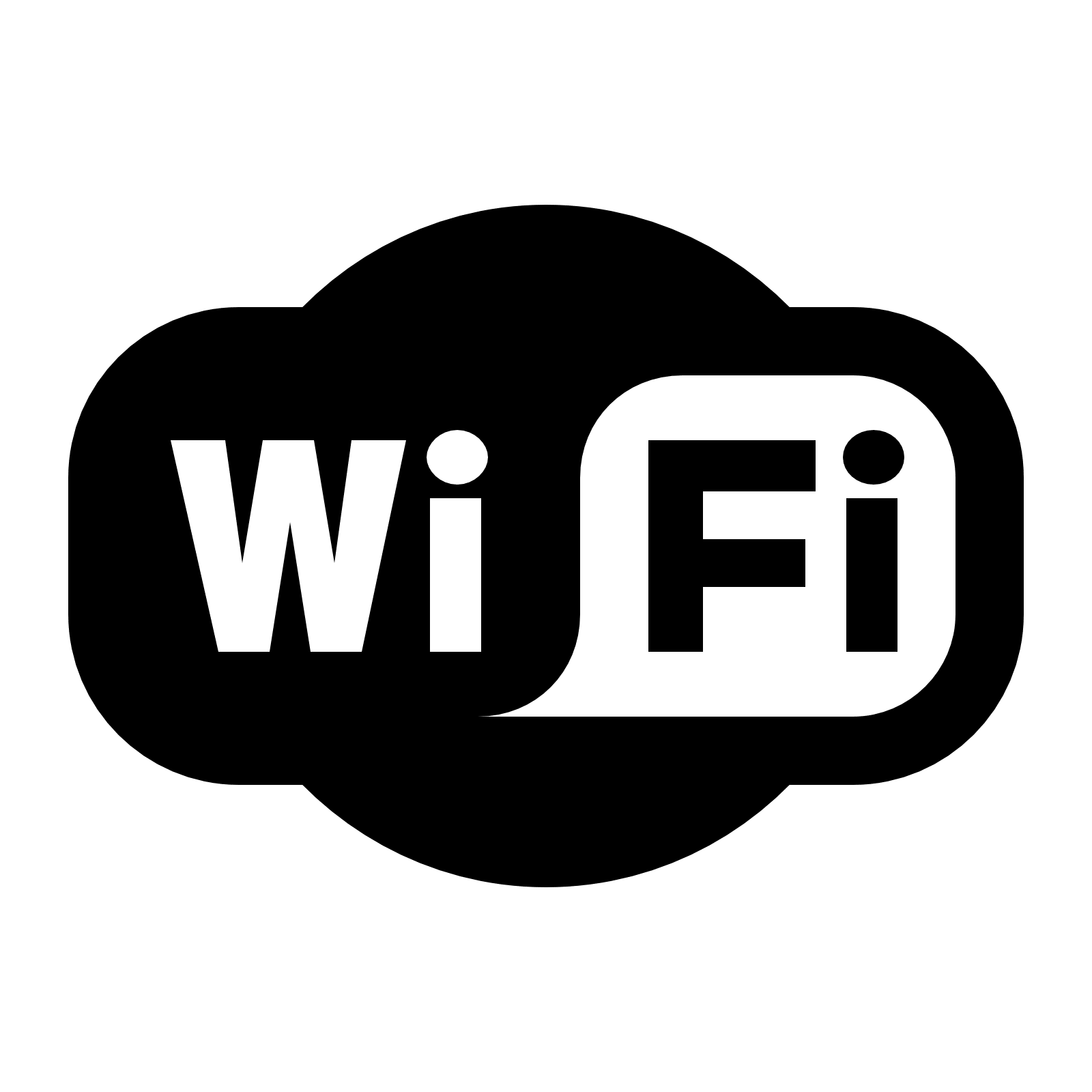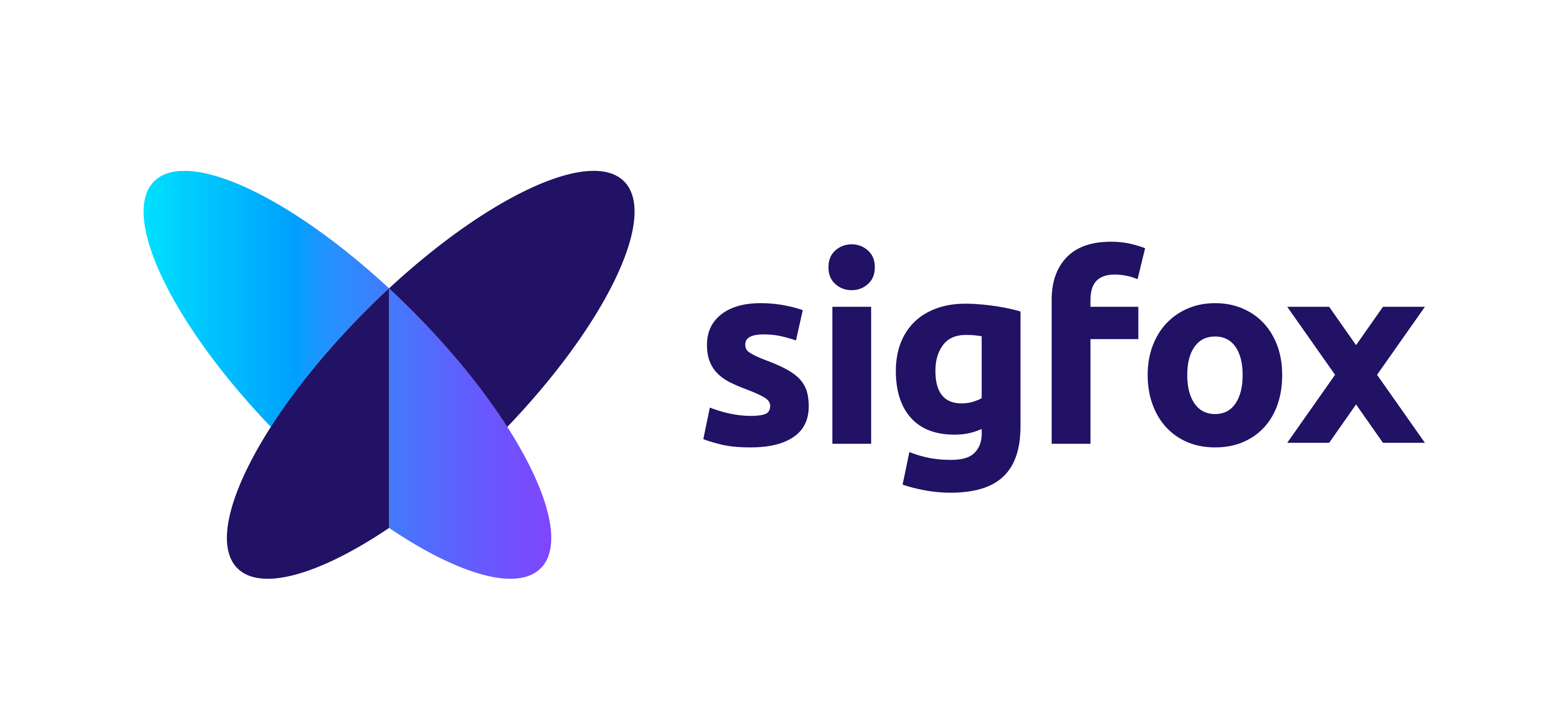IoT Connectivity – Comparing Wifi, Bluetooth, NB-IoT, LTE-M, LoRa, and SigFox, Technologies






Your content goes here. Edit or remove this text inline or in the module Content settings. You can also style every aspect of this content in the module Design settings and even apply custom CSS to this text in the module Advanced settings.
Your content goes here. Edit or remove this text inline or in the module Content settings. You can also style every aspect of this content in the module Design settings and even apply custom CSS to this text in the module Advanced settings.


LoRa
The LoRa Alliance is an open, non-profit association formed to foster an ecosystem for certain LPWAN technologies. It has about 400 member companies throughout North America, Europe, Africa, and Asia, and its founding members include IBM, MicroChip, Cisco, Semtech, Bouygues Telecom, Singtel, KPN, Swisscom, Fastnet, and Belgacom.
LoRaWAN is the open-standard networking layer governed by the LoRa Alliance. However, it’s not truly open since the underlying chip to implement a full LoRaWAN stack is only available via Semtech. Basically, LoRa is the physical layer: the chip. LoRaWAN is the MAC layer: the software that’s put on the chip to enable networking. A more detailed yet simple introduction to LORAWAN can be found on Jensd’s I/O Buffer’s blog.

The functionality is similar to SigFox in that it’s primarily for uplink-only applications—data from sensors/devices to a gateway—with many end-points. Instead of using narrowband transmission, however, it distributes information across different frequency channels and data rates using encoded packets. These messages are less likely to collide and interfere with one another thereby increasing the capacity of the gateway.
SigFox
Founded in 2009, SigFox is a French company based in Labège, France. SigFox has had significant traction in the LPWAN space due to its successful marketing campaigns in Europe. It also boasts a vast ecosystem of vendors including Texas Instruments, Silicon Labs, and Axom. Recently, SigFox has invested most of its efforts into the rapidly accelerating European market—a consideration for US-focused adopters.
SigFox uses proprietary technology, an example of using a slow modulation rate to achieve a more extended range. Due to this design choice, SigFox is an excellent option for applications where the system only needs to send small, infrequent bursts of data.

Possible applications include parking sensors, water meters, or smart garbage cans. However, it also has some drawbacks. Sending data back to the sensors/devices (downlink capability) is severely limited, and signal interference can become an issue.


NB-IoT and LTE-M
LTE-M and Narrowband-IoT (NB-IoT) are promising additions to the LPWAN space. LTE-M is Third Generation Partnership Project’s (commonly known as “3GPP”) response to intense interest in LPWAN solutions that piggyback on standard LTE connectivity while preserving resources. NB-IoT is another 3GPP construct challenging the disruption Sigfox and LoRa Alliance (below) ignited, however, NB-IoT is different from LTE-M in that it operates outside of the LTE construct.
One big advantage of NB-IoT is due to its simpler waveform: the technology consumes minimal power. Another big advantage is cost. By choosing chipsets specifically engineered for NB-IoT protocols, which have simpler construction, the overall component cost is reduced. Lastly, NB-IoT has potential advantages for smart city applications. LinkLabs predicts NB-IoT might have better building penetration compared to LTE-M. On the flip side, deploying in the US will be difficult because of the ubiquity of LTE, and since chips that also embrace LTE-M are often prohibitively expensive, you’d have to choose. But often it comes down to your specific use case; NB-IoT is probably best suited to static assets like smart meters while LTE-M has benefits in roaming applications such as vehicles or drones.
LTE-M has notable advantages. First, it has higher data rates, which is important for data-rich use-cases. And unlike NB-IoT, the front-end is relatively simple. However, in addition to LTE being primarily a US technology, there are other limitations to consider. For one, we’re still getting a sense of power efficiency with LTE-M. There are also draconian licensing issues to consider. Who wants to be paying firms like Qualcomm and InterDigitals to license cellular intellectual property?
In general, larger economic and practical forces might shape the NB-IoT vs. LTE-M debate. We’re likely to see major US service providers pushing LTE-M since they’ve already invested billions in LTE technology. By contrast, in the rest of the world where GSM spectra are the norm, we can expect to see a preference for the (non-LTE) NB-IoT protocol.